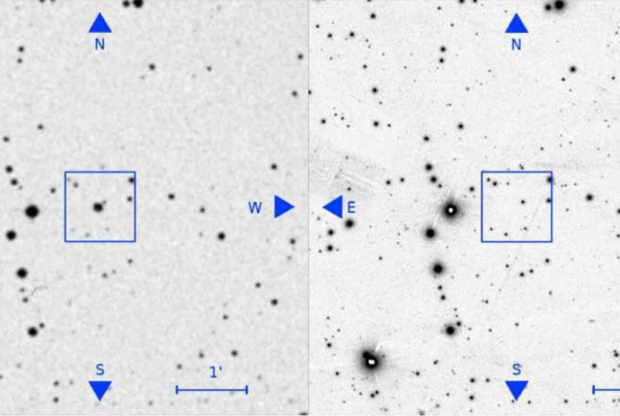
Breaking News
 Quantum walkie-talkie: China tests world's first GPS-free radio for border zones
Quantum walkie-talkie: China tests world's first GPS-free radio for border zones
 RIGHT NOW!: Why was lawyer Van Kessel, of the civil case on the merits in the Netherlands, arrested?
RIGHT NOW!: Why was lawyer Van Kessel, of the civil case on the merits in the Netherlands, arrested?
 PENSION FUNDS PANIC BUYING SILVER - Ratio Below 60 Triggers $50B Wave (Danger Next Week)
PENSION FUNDS PANIC BUYING SILVER - Ratio Below 60 Triggers $50B Wave (Danger Next Week)
 Dollar set for worst year since 2017, yen still in focus
Dollar set for worst year since 2017, yen still in focus
Top Tech News
 EngineAI T800: Born to Disrupt! #EngineAI #robotics #newtechnology #newproduct
EngineAI T800: Born to Disrupt! #EngineAI #robotics #newtechnology #newproduct
 This Silicon Anode Breakthrough Could Mark A Turning Point For EV Batteries [Update]
This Silicon Anode Breakthrough Could Mark A Turning Point For EV Batteries [Update]
 Travel gadget promises to dry and iron your clothes – totally hands-free
Travel gadget promises to dry and iron your clothes – totally hands-free
 Perfect Aircrete, Kitchen Ingredients.
Perfect Aircrete, Kitchen Ingredients.
 Futuristic pixel-raising display lets you feel what's onscreen
Futuristic pixel-raising display lets you feel what's onscreen
 Cutting-Edge Facility Generates Pure Water and Hydrogen Fuel from Seawater for Mere Pennies
Cutting-Edge Facility Generates Pure Water and Hydrogen Fuel from Seawater for Mere Pennies
 This tiny dev board is packed with features for ambitious makers
This tiny dev board is packed with features for ambitious makers
 Scientists Discover Gel to Regrow Tooth Enamel
Scientists Discover Gel to Regrow Tooth Enamel
 Vitamin C and Dandelion Root Killing Cancer Cells -- as Former CDC Director Calls for COVID-19...
Vitamin C and Dandelion Root Killing Cancer Cells -- as Former CDC Director Calls for COVID-19...
 Galactic Brain: US firm plans space-based data centers, power grid to challenge China
Galactic Brain: US firm plans space-based data centers, power grid to challenge China
Over 100 stars VANISH from sky, providing yet more evidence of alien civilizations harvesting STARS

(Natural News) As part of my "Oblivion Agenda" lecture series, I described how non-Earth civilizations harvest entire stars to generate antimatter fuel that powers FTL (Faster Than Light) warp drives. FTL travel is necessary to traverse the galaxy, given the enormous distances involved (even at 1000 times the speed of light, it would take 120 years to travel from one end of our Milky Way galaxy to the other).
Now, mainstream science news is writing about a bombshell discovery: Over 100 stars have vanished from the night sky in just the last 50 years. They're literally gone. As I've explained in my lectures, this is because our galaxy no doubt hosts "star eaters" — advanced alien civilizations that consume entire stars to create antimatter fuel. This idea is beginning to achieve mainstream status, by the way. As CNET.com now reports:
"Unless a star directly collapses into a black hole, there is no known physical process by which it could physically vanish," explains a new study published in the Astronomical Journal and led by Beatriz Villarroel of Stockholm University and Spain's Instituto de Astrofísica de Canarias. "The implications of finding such objects extend from traditional astrophysics fields to the more exotic searches for evidence of technologically advanced civilizations."
The project team believes their search for vanishing stars could be useful in the search for extraterrestrial intelligence (SETI) by identifying "hot spots" in space where an unexpectedly large number of stars seem to be missing.
"Zooming in on the (hot spots) in our SETI (or technosignature) searches, we can identify the most probable locations to host extra-terrestrial intelligence," they write.
The idea here is that a very advanced alien civilization may be able to construct a hypothetical megastructure called a Dyson sphere that completely encompasses a star in order to capture a large portion of its energy.
Here's the image of vanishing stars. The left panel was taken in the 1950s. The right panel is from 2019. Notice how the large star in the center of the rectangle has vanished?



